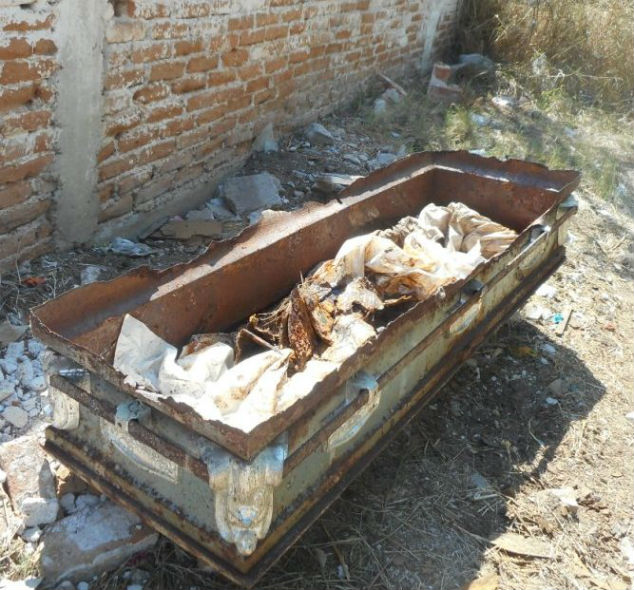
by Joseph Toone
Following the largest reception of American visitors for Day of the Dead that we’ve ever experienced here in San Miguel I was pondering what generated the most interest on my cemetery tours. Personally, I’m regularly amazed by stories shared as we all have death in common. On social media the hottest item in this regard is the notion of tomb taxes. That drives Americans and Canadians crazy.
I post a lot of articles and photos that either explain local history and culture and also just local silly stuff. The photos that get the most reactions are those that feature a coffin removed because the former resident’s descendants didn't pay the tomb tax.
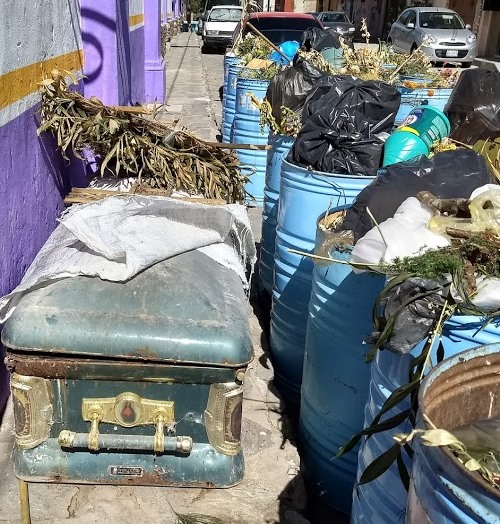
This week I saw among the now dead Day of the Dead flowers a particularly lovely coffin ready to be hauled off as trash. Normally the coffins are rusted and twisted by the acid fluids from the decaying body. This one was straight as an arrow, in a pretty shade of aqua, featuring multiple dollar bill-sized paintings outside that aged really well underground. As one writer on social media stated “I’d dumpster dive for that coffin and turn it into a coffee table. I’d keep blankets in it.”
Frankly, I’ve never opened an unearthed casket for fear of both bacteria and vampires. I can’t imagine snuggling in blankets that had been stored one.
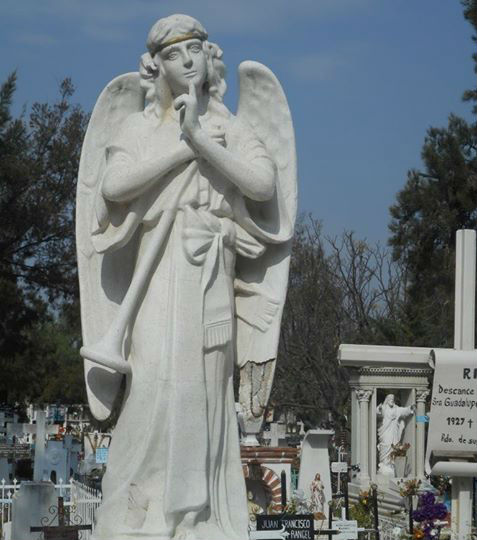
For us from the North our tomb is our final resting place (as in, “Plenty of time to rest in the grave.”) It is where we lie for eternity. Our cemeteries are outside of town, designed a century ago to be bucolic places for a Sunday picnic. These are the same cemeteries where my kids learned to ride bikes without traffic and where my Mom taught me how to drive a car knowing anyone I hit was already dead.
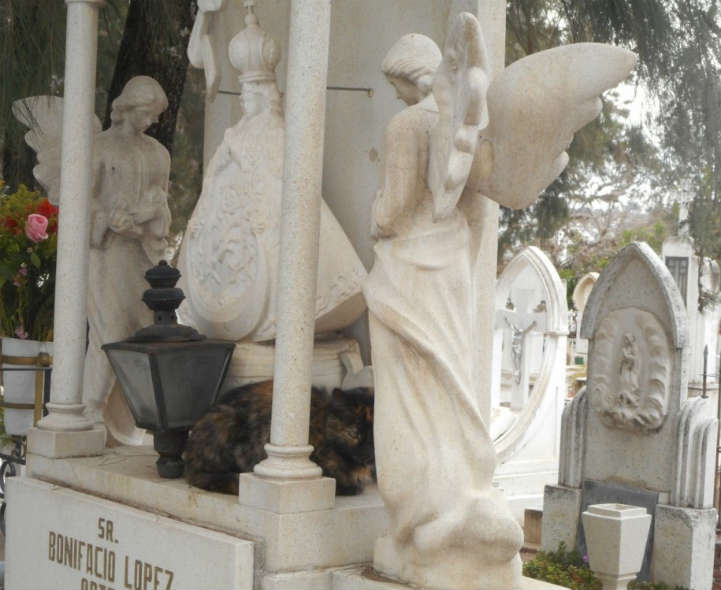 Homes in the 19th century had parlors that doubled as funeral parlors when someone died. As it was considered improper to remove a body through the door the living crossed to enter, grander homes had a "death door" used only to take out the casket. Also, it was considered bad form to carry them out feet first. Today we have "living rooms" and our funeral parlors are elsewhere.
Homes in the 19th century had parlors that doubled as funeral parlors when someone died. As it was considered improper to remove a body through the door the living crossed to enter, grander homes had a "death door" used only to take out the casket. Also, it was considered bad form to carry them out feet first. Today we have "living rooms" and our funeral parlors are elsewhere.
When the San Miguel's Guadalupe cemetery first opened you bought your burial real estate and it was yours for eternity. Well, yours and any relative that that wanted to bunk with you. Then the cemetery started to fill up and the notion of tomb taxes was born. Every five years someone has to pay your tomb’s real estate tax at the same government office at which I pay the taxes for my house. As with my home, if taxes aren’t paid, the occupants get evicted and new folks can move in.
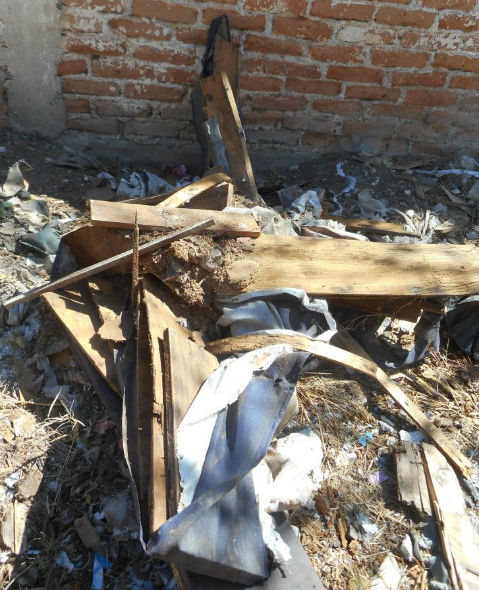
In the time it takes me to take my tour through the cemetery a monument can be torn down, the casket removed and the remains, if any, placed in a paupers’ grave. So the real estate is made ready for the next resident. This notion drives folks from the US and Canada to distraction. Mexicans not so much.
If you believe your birth day is when you die and go to eternal life, and you’ve got no descendants to bring you back for Day of the Dead or pay your tomb taxes, then your bones are no more important to you than your old shoes. You’re in Heaven and no longer need to schlep back here for Day of the Dead, so all is great in your world.
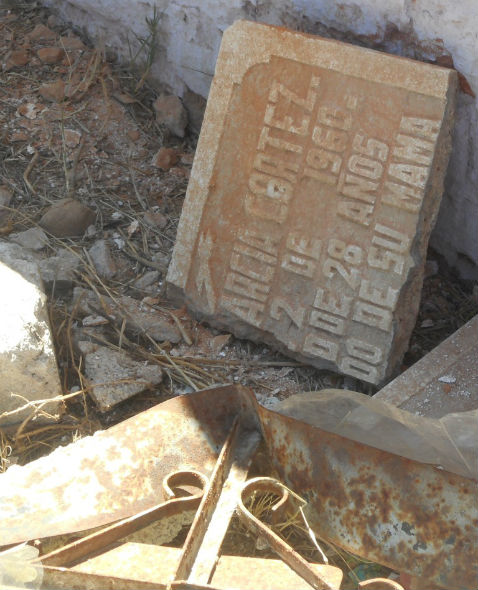 The notion of not having an eternal tomb isn’t just a Mexican Catholic oddity. Folks on tours from Switzerland tell me all tombs are only for seven years. Folks from Thailand, have explained to me that they have no room for burials so folks are cremated and placed in a tower of niches containing ashes. The niches on top are the most expensive because they are closer to heaven. Tour folks from Buenos Aires have told me the astronomical taxes one pays yearly to be buried in the same cemetery as Eva Peron.
The notion of not having an eternal tomb isn’t just a Mexican Catholic oddity. Folks on tours from Switzerland tell me all tombs are only for seven years. Folks from Thailand, have explained to me that they have no room for burials so folks are cremated and placed in a tower of niches containing ashes. The niches on top are the most expensive because they are closer to heaven. Tour folks from Buenos Aires have told me the astronomical taxes one pays yearly to be buried in the same cemetery as Eva Peron.
Death and taxes, like them or not, are a constant in life and death. It’s what you believe happens after death that truly matters and affects how you react to a used coffin being ready for trash pick-up.
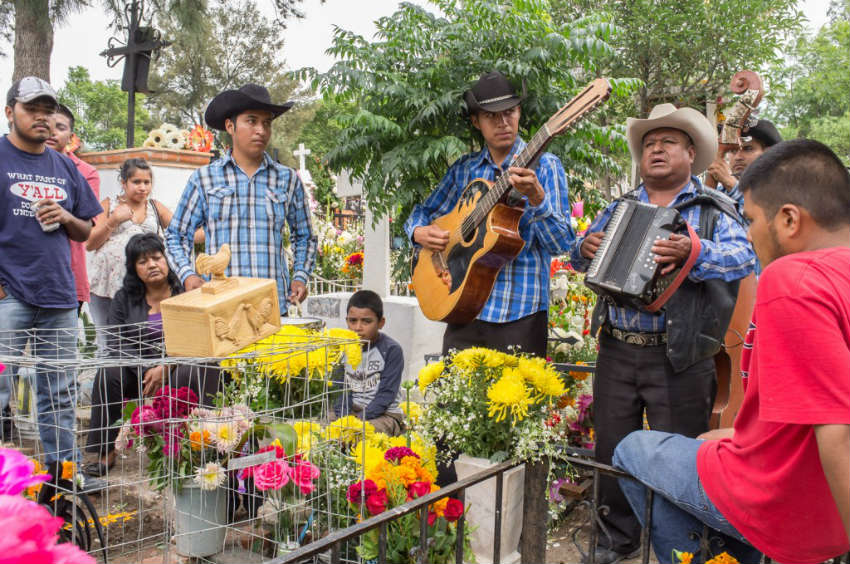
**************

Joseph Toone is Amazon's bestselling author of the San Miguel de Allende Secrets series of books and TripAdvisor's best rated historical walking tour guide. For more information contact toone.joseph@yahoo.com or visit History and Culture Walking Tours or JosephTooneTours.com, also on FaceBook.
You must register and log in to write a comment.
Please use the "login" link at the top (right) of the page.
|